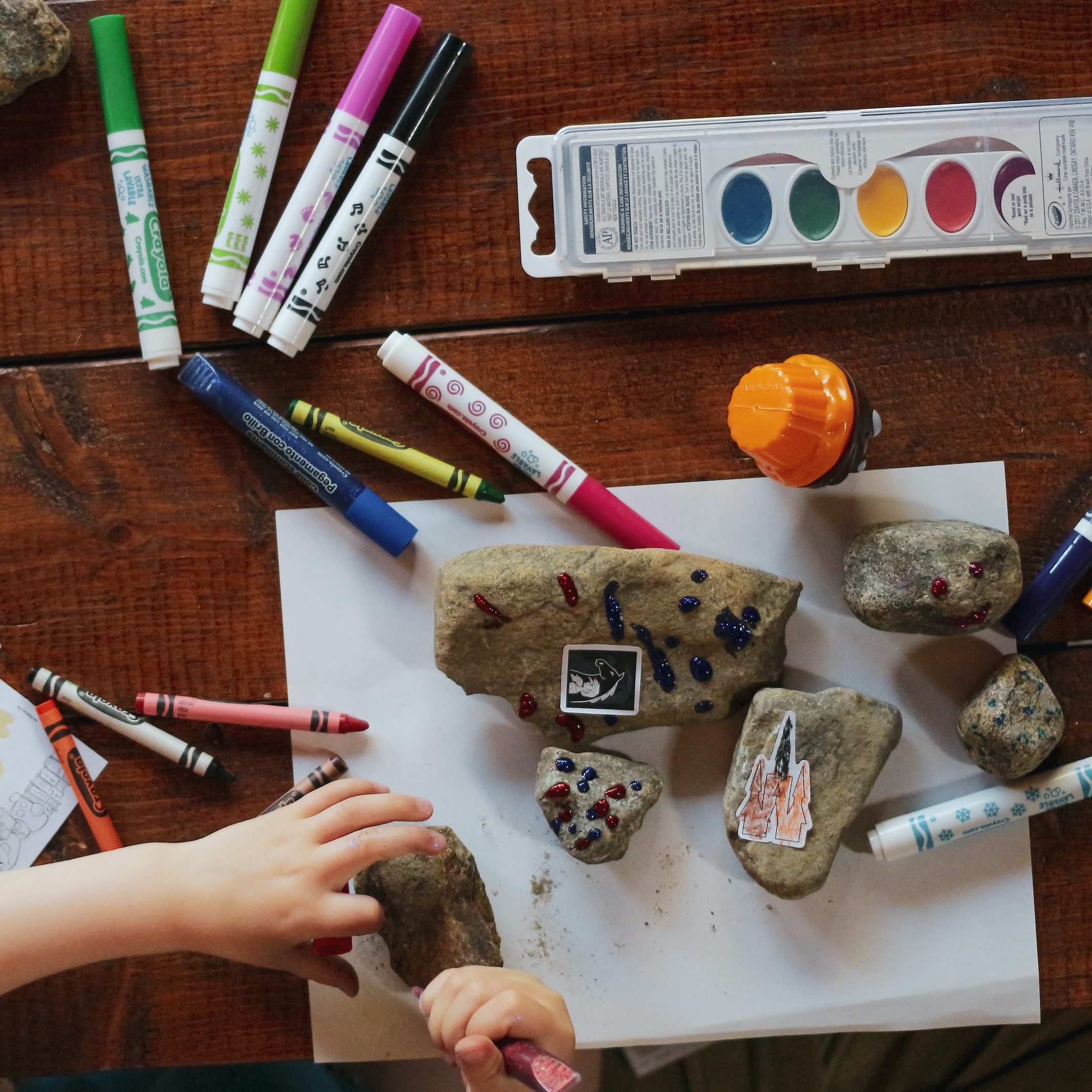
In Japan, memorizing vast amounts of information to excel at exams has been at the heart of education for decades. In recent years, the ice has started to shift with the introduction of active learning to promote analytical thinking and self-expression in classrooms and with changing from standardized university entrance exams to the more nuanced Common University Entrance Exam. The education system is gradually adjusting its focus from memorizing to developing individual thinking skills to prepare kids for rapidly changing social conditions in an increasingly globalized world.
The Japan Design Management Association (JDMA) is embarking on developing a creative education program that goes beyond the framework of conventional education by introducing a wide variety of topics from diverse areas of society. This aims to support kids in becoming inventive and curious adults who can approach problems in a creative way. We conducted a study to uncover what is creativity required in today’s society and to identify the barriers that need to be pulled down in the current education system.
We interviewed 11 people in total to understand the state of creative education from different perspectives. We sat down with progressive middle school art teachers, after-school coordinators who encourage unstructured play and learning, museum educators, creative professionals, and parents of primary and middle school students.
We would like to introduce some of the key themes that emerged from our conversations.
Creative education is encouraging kids to think and express themselves as kids, not teaching them skills that serve adults in an adult world.
In recent years, schools have focused on equipping children with leadership and presenting skills because these are perceived useful for their future adult careers.
This approach has its downsides as having students simulate the adult world from a young age can put a limit on nurturing flexibility and creativity in thinking. The emphasis should be on allowing children think and express themselves in manner that is unique to their young minds and letting them freely explore ideas that exceed the imagination of adults.
“There’s no need to teach children to think rigidly in structures and systems like adults. They will have plenty of time to master these problem-solving skills later in life. Children perceive the world differently from adults, and it’s important to let them enjoy that while they can. Children have a million ways of approaching and expressing something. Presenting with words is an adult way, children have their own unique way of expressing themselves.” Creative education practitioner (Outside of compulsory education system)
Letting children take initiative and experience success is key.
Japanese compulsory education system puts a strong emphasis on discipline and rules. Following rules without questioning them is deeply rooted in Japanese school life.
At the same time, there is a growing understanding that encouraging active participation in society and spearheading change is linked to empowering children from a young age. This involves allowing them to trust their judgement and put their ideas into action. Rather than praising kids for their obedience, they should be shown respect for their point of view, provided opportunities to take initiative and succeed on their own terms.
“Recently we’ve been encouraging the student council to be more active and letting them do what they want. This makes the whole school more exciting. The students were surprised when they found out that they can talk to the teachers like their equals, and that they can adjust in school rules and uniforms. Students discover for themselves what they want to do or change, think about what steps to take, and go through with them. I think when they have these experiences, they are more likely to become interesting adults.” Creative education spokesperson and practitioner (Inside of compulsory education system)
Our starting point in this study was – how to teach creativity. The outcome of the interviews and analysis helped us arrive at a conclusion that creativity can’t be taught as a new skill. Rather, this is something that needs to be encouraged. As a result, we suggested how to create conditions and environments that help spark imagination, curiosity and inventiveness children are naturally born with.
As a research partner of the Japan Design Management Association, Salt will continue to explore the future of creative education.